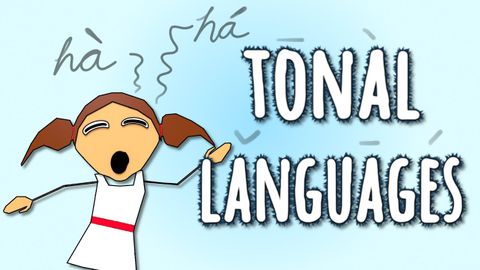認真唱歌!- 音調語言的語言學 (Sing like you mean it! - the Linguistics of Tonal Languages)
shrnchng 發佈於 2021 年 01 月 14 日  沒有此條件下的單字
沒有此條件下的單字US /səbˈskraɪb/
・
UK /səb'skraɪb/
US /spɪˈsɪfɪk/
・
UK /spəˈsɪfɪk/
US /ˈpræktɪs/
・
UK /'præktɪs/
- n.(醫生;律師等的)業務;工作;練習;慣例
- v.t./i.(醫生;律師等)開業;實踐;練習;操練;實踐
US /dɪˈstɪŋkt/
・
UK /dɪˈstɪŋkt/
- adj.明顯不同的; 清楚的; 顯著的; 獨特;明顯的;不同的

